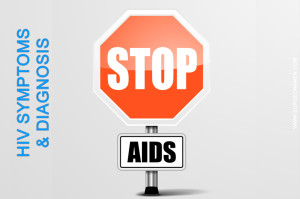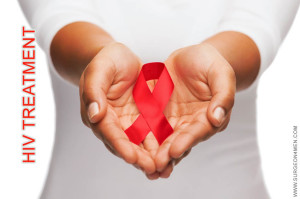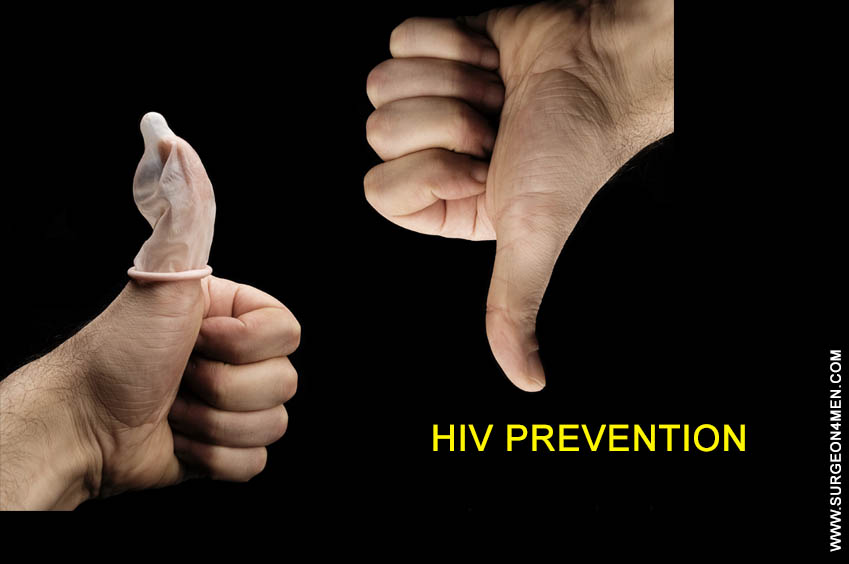HIV Prevention
Human immunodeficiency virus (HIV) causes HIV infection wherein the virus affects proper functioning of CD4 cells of the immune system. When these cells are destroyed by the HIV, the body’s immune system is compromised and it becomes vulnerable to numerous infections and diseases. Acquired Immunodeficiency Syndrome (AIDS) is the most advanced stage of HIV infection.
Transmission of HIV
 The spread of HIV infection from one person to the other is referred to as transmission of HIV. Typically, HIV is transmitted to other people in the following three ways:
The spread of HIV infection from one person to the other is referred to as transmission of HIV. Typically, HIV is transmitted to other people in the following three ways:
- Transmission Through Blood: This involves the transmission of HIV through the use of contaminated needles and infected blood transfusion.
- Sexual Transmission: This involves the transmission of HIV by unprotected sex without the use of a condom.
- Mother to Child Transmission: This involves the spread of HIV infection from a mother to a child during pregnancy, labor, and delivery and subsequently on breast feeding.
Prevention of HIV Transmission Through Blood
The transmission of HIV through blood can be prevented through the following steps:
- Screening of blood products to ensure that infected blood is never transfused.
- Ensuring that needles are never shared. This can only be done by educating people about safe injecting practices and telling them how to dispose off used needles.
- Stopping needle-stick accidents wherein people who work closely with HIV infected patients are accidentally exposed to the infection. They are at risk of HIV exposure while using sharp equipment and coming in contact with infected blood. The risk of such accidents can be minimized by wearing protective masks, gowns, and gloves, and covering of cuts or abrasions with bandages.
Prevention of Sexual Transmission of HIV
 Sexual transmission of HIV can be prevented through the use of condoms and imparting sexual education to people. Male circumcision and treatment of sexually transmitted diseases are also helpful in HIV Prevention. People, both men and women should be educated on the correct use of condoms and need to be made aware of using it every time they indulge in a sexual encounter. They should also be taught never to use the same condom twice. Studies have shown that people who have sexually transmitted diseases are more likely to get infected with HIV than people who do not have these diseases. Studies have also shown that male circumcision can reduce the risk of female-to-male transmission of HIV by almost 60%.
Sexual transmission of HIV can be prevented through the use of condoms and imparting sexual education to people. Male circumcision and treatment of sexually transmitted diseases are also helpful in HIV Prevention. People, both men and women should be educated on the correct use of condoms and need to be made aware of using it every time they indulge in a sexual encounter. They should also be taught never to use the same condom twice. Studies have shown that people who have sexually transmitted diseases are more likely to get infected with HIV than people who do not have these diseases. Studies have also shown that male circumcision can reduce the risk of female-to-male transmission of HIV by almost 60%.
Prevention of Mother to Child HIV Transmission
HIV transmission from mother to child be prevented by testing the mother for HIV when she comes for her first antenatal appointment. She should also be tested during her third trimester and after the delivery of the baby. If the mother tests positive then she should be offered treatment. The baby should also be tested for HIV on birth and if the results are positive then treatment should be started for the baby as well.
Treatment of HIV as a Preventive Measure
The antiretroviral treatment is now increasingly being used as a HIV prevention mechanism for HIV transmission. The Post-exposure Prophylaxis (PEP) treatment is offered to people after potential exposure to HIV. People who are at risk of exposure to HIV are offered Pre-exposure Prophylaxis (PEP) treatment.
References:

